Nothing grows in Dubai; at least not without thousands of dollars worth of hydroponics equipment and industrial-grade fertiliser. The whole world has marvelled at the rise of the emirate, with its compelling architecture and audacious vision to become the world’s most spectacular city, but its equally stupendous to consider that a creek-side village is fast becoming one of the culinary capitals of the world. Dubai’s gourmet journey is all the more fascinating when you consider that Emirati cuisine is so hard to come by. Exponential economic progress saw Dubai’s population mushroom from the late 1960s onwards, but the food of the historic Bedouin tribes is now scant in the public sphere – and completely non-existent in a fine-dining setting.
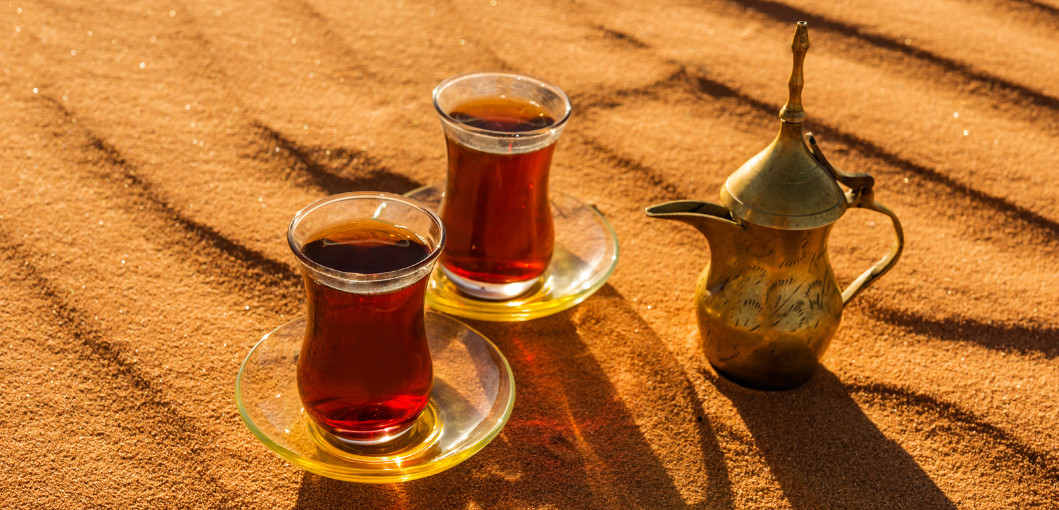
Many locals still obviously prepare the food of their forebears, including maqluba (meat, rice and veggies tipped upside down), harees (a stodgy mix of wet, ground wheat, butter and meat) and kabsa, which takes the form of various mixed-rice dishes with hunks of meat, biryani-esque spices and a garnish of assorted nuts and sultanas. It’s not a million miles from mandi, which requires a special tandoor oven, and is immensely popular across the Arabian Peninsula. One of the more fascinating Gulf dishes involves burying a whole lamb beneath the earth with some hot coals, letting it stew in its own juices with some herbs thrown in for upwards of six hours. The results are entirely delicious – and the act of sucking marrow from bone is delightfully visceral – but quite how they coped without tin foil is perhaps the most impressive achievement.
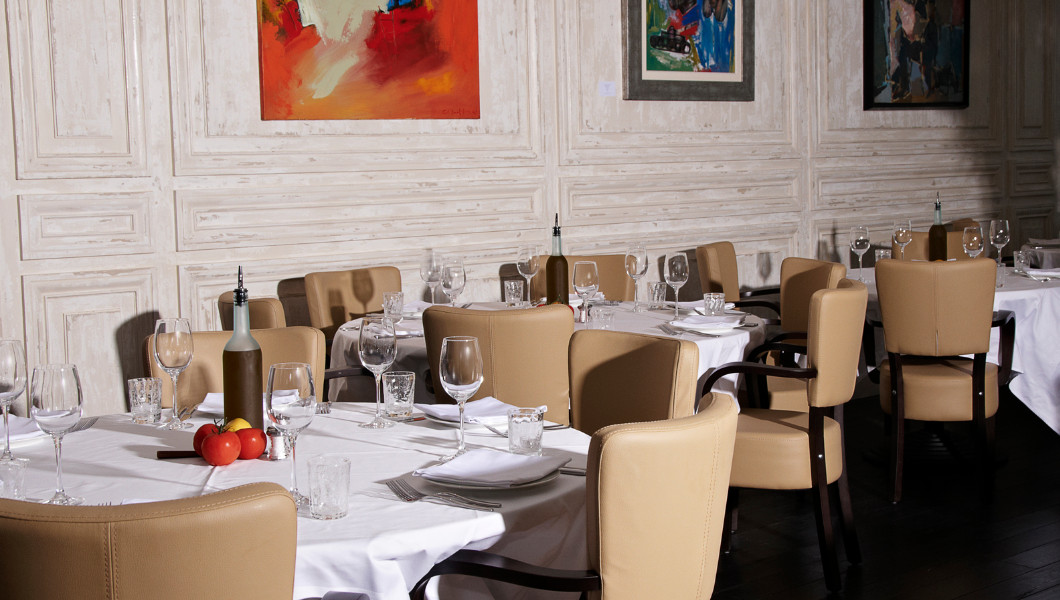
As Dubai grew, big name chefs came and went, with the likes of Gary Rhodes, Gordon Ramsay and Marco Pierre White tinkering with some openings and some closings, particularly during the global economic downturn around 2008. More recently, however, there appears to have been a major shift with celebrity chefs seemingly queuing up for Dubai visas and trade licenses. Birds of a feather, as they say, flock together, with the likes of Jason Atherton, Pierre Gagnaire, Nobuyuki “Nobu” Matsuhisa, Giorgio Locatelli, Sanjeev Kapoor, Jean-Georges Vongerichten, Yannick Alléno, Wolfgang Puck, the return of Ramsay, and many more, all setting up shop. With that many chefs in the kitchen, it’s a tough task to choose the emirate’s most elite fine-dining destinations – we’ve narrowed it down to four.
The best restaurants in Dubai:
Modern Japanese: ZUMA
Don’t be fooled by its terrible website. Zuma is widely considered to be Dubai’s premier fine-dining restaurant. Expert opinion (that of the World’s 50 Best Restaurants committee) pegs the contemporary Japanese venue at number 89 in the world’s top 100, where it’s ridden as high as number 48. The space was designed by Tokyo-based Noriyoshi Muramatsu of Studio Glitt and seeks to balance the elements of six elements of fire, earth, water, air, wood and metal.
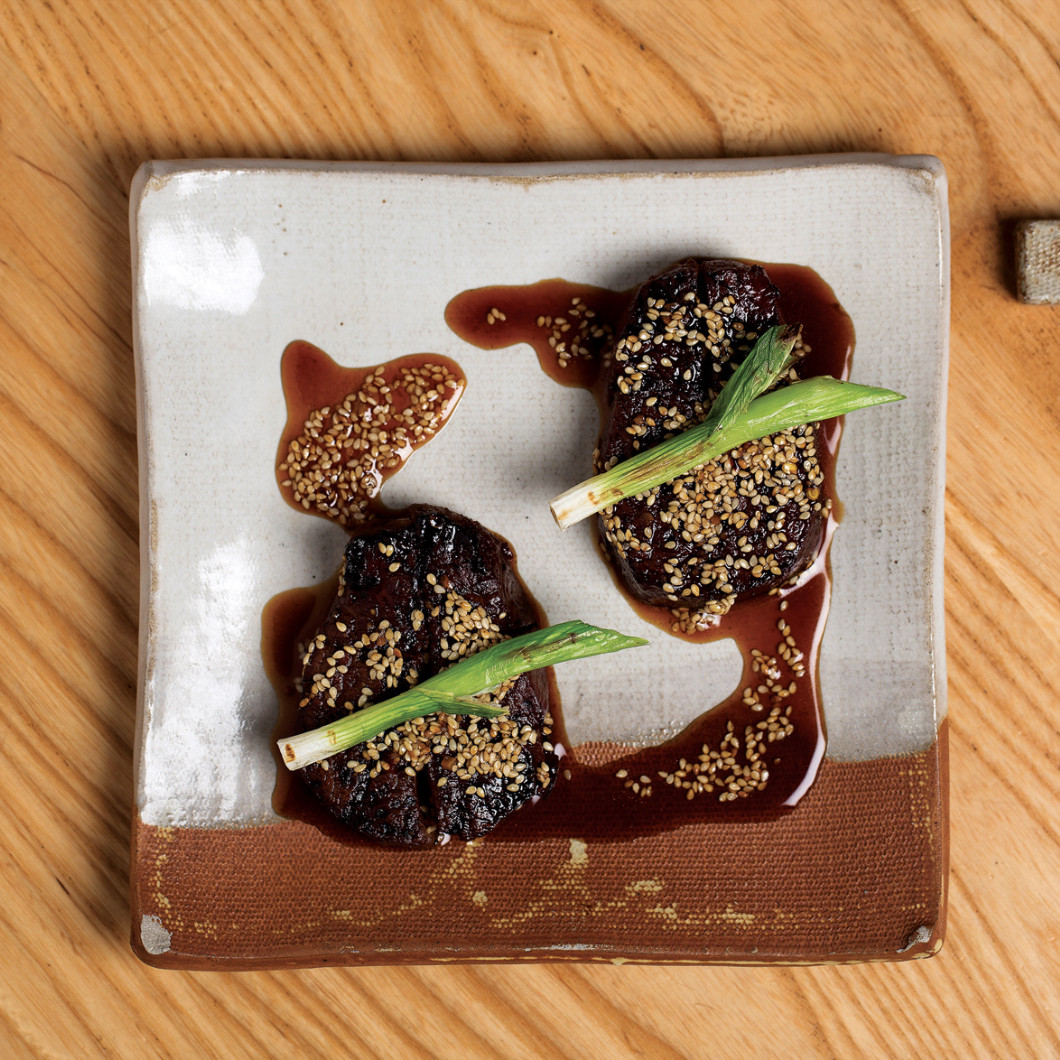
The menu is just as balanced, with concise but eclectic options of small dishes, sushi, robata and Zuma’s own signature plates, such as the beloved gindara no saikyo miso yakimiso – marinated black cod wrapped in hoba leaf. The business lunch is also perfectly placed for its dynamic Dubai International Financial Center (or DIFC) locale, where the city’s suits swoop in for the AED130 “Ebisu” lunch menu. Have you checked the website yet? Trust us, the food is better.
Gate Village 6, DIFC; +971 4 425 5660; www.zumarestaurant.com
French & fancy: LA PETITE MAISON
A reservation at La Petite Maison is tantamount to a return ticket to the Cote d’Azur, with a comprehensive range of dishes from southern France and Italy. It’s white-tablecloth dining but the pleasantly convivial setting is void of the pretention you’d expect from one of the city’s utmost dining institutions. Even on a Sunday, every table is filled and buzzing, diners seated in a tasteful dining room that glows with subdued lighting, with contemporary art pieces adorning the walls.
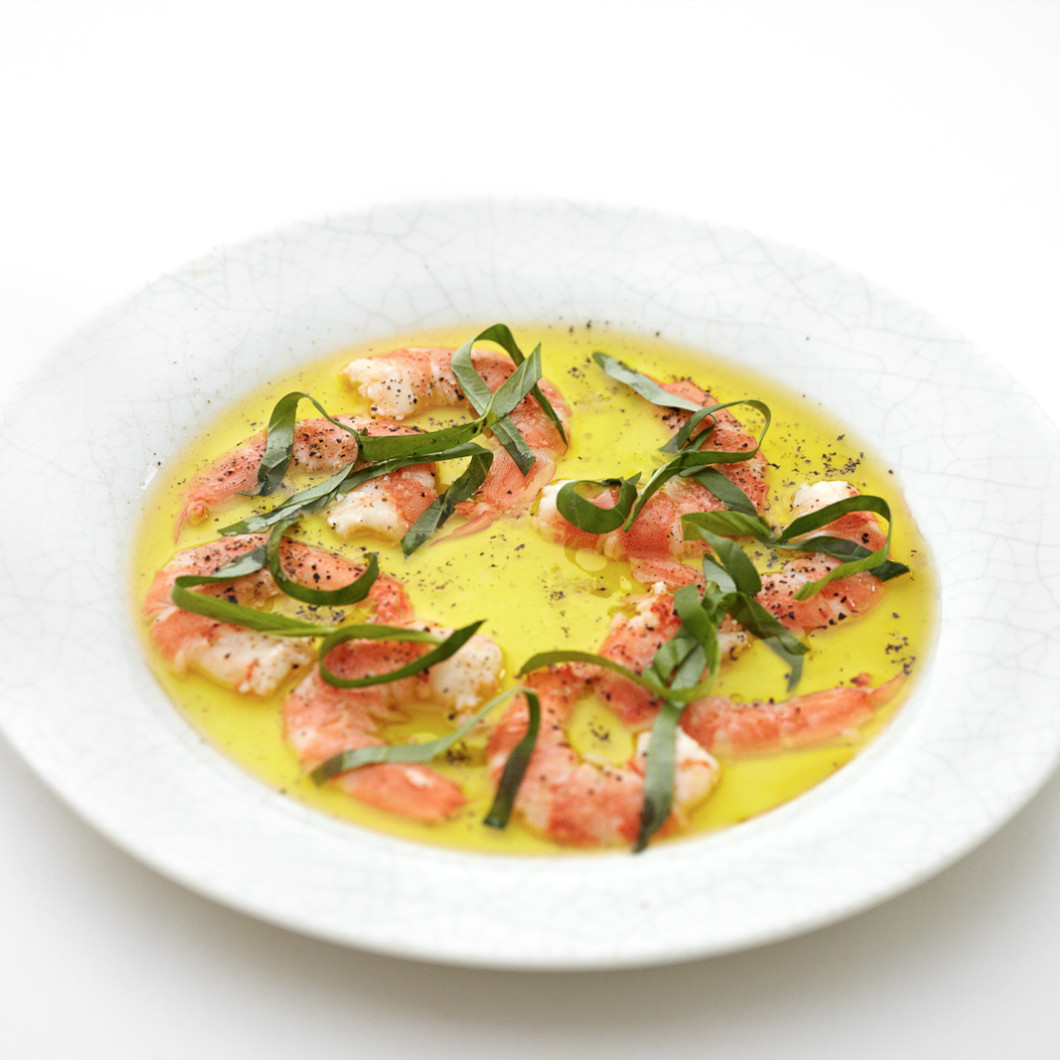
It’s not hard to see why the restaurant makes the San Pellegrino-sponsored World’s 50 Best Restaurants list – sneaking in at number 99, behind only the neighbouring Zuma as the expert-chosen best restaurant in the entire Middle East. With so many new restaurants vying for attention with overcomplicated recipes and wacky ingredients, La Petite Maison is a heartfelt love letter to simple fine dining, with quality ingredients, attentive service and beloved dishes.
Gate Village 8, DIFC; +971 4 439 0505; www.lpmdubai.ae
Fine Indian fare: INDEGO BY VINEET
Trying to find good Indian food in Dubai is like trying to find a blonde person in Sweden. Desi cuisine is abundant with eateries to suit your taste and your budget, with several standout fine-dining options. While Rang Mahal and Signature by Sanjeev Kapoor are both worth mentions, Vineet Bhatia’s long-running refectory is a Dubai institution. Indego by Vineet was the first big-name restaurant to open in “New Dubai” and opened its doors pretty much along with Grosvenor House itself.

The opulent menu takes sumptuous British-Indian and traditional dishes from the subcontinent, plating them up with exquisite presentation, on par with his Michelin-starred establishments in London and Geneva. The chef divides his time between the aforementioned restaurants, along with his openings in Mauritius, Doha, Saudi Arabia, Bahrain and Mumbai, but somehow still manages to pop up in his Dubai kitchen almost a decade after opening.
Grosvenor House Tower One, Al Sufouh Rd.; +971 4 317 6000; www.indegobyvineet.com
Lush Levantine: AL NAFOORAH
While Dubai is devoid of gourmet Bedouin cuisine (at least any that’s easily accessible) the most beloved Arabian cuisine is derived from the Levante. Jumeirah’s Al Nafoorah restaurant vaunts an authentic taste of Lebanese dining, with traditional favourites, hot and cold mezze (think Arabic tapas) and the promise of Lebanese hospitality. As you’d imagine, the standout dish is the mixed grill, aimed squarely at carnivores with perfectly seasoned cubed and minced lamb, succulent chicken skewers, beef sausage and shrimp, for some surf with your turf.
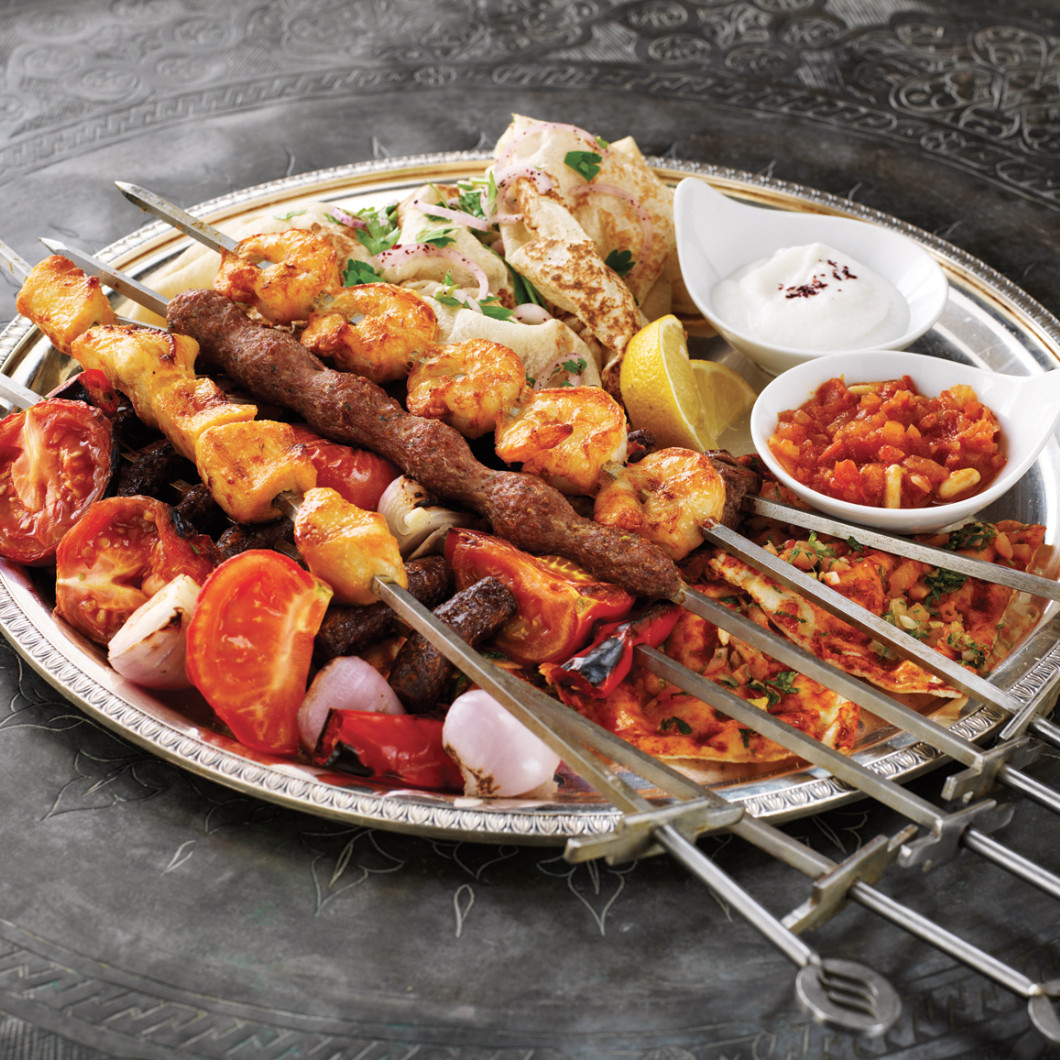
The iconic Emirates Towers location has an interesting air-conditioned marquee on its terrace, a staple throughout Dubai during the holy month of Ramadan, making it a viable option even in the incredibly balmy summer months. Given Lebanon’s churchgoing population it’s not at all bizarre for Al Nafoorah to be promoting its festive package, for Christmas dinner or a New Year’s Eve soirée for 10 to 35 people.
Lower Level, The Boulevard, Jumeirah Emirates Towers; +971 4 432 3232; www.jumeirah.com










